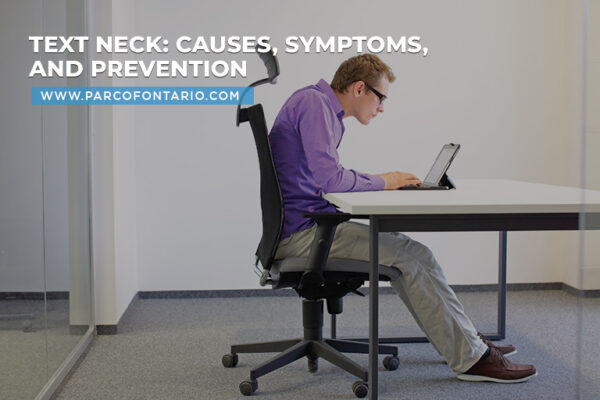
Text Neck: Causes, Symptoms, and Prevention
Many of us spend long hours hunching over our electronic mobile devices and laptops. As we spend more time texting, browsing social media, and reading on our devices, this constant downward gaze…
Read More
Osteoporosis is a disease where the bones in the body become weak and brittle due to loss of tissue over time. This condition is usually found among the elderly but can also be found in middle-aged patients. Although this disease can affect all bones in the body, it most often affects the spine, hips, and waist. People who suffer from osteoporosis are susceptible to fractures due to weakness of the bones.
While fragile bone tissues are a result of aging, factors like smoking, excessive alcohol intake, and a prolonged sedentary lifestyle can also play a role. Cigarettes contain harmful chemicals that affect the bones’ natural ability to heal, while alcohol interferes with the absorption of calcium. Habitual physical inactivity facilitates the activity of osteoclasts (the cells responsible for resorbing the bones).
Another situation that contributes to osteoporosis is hormonal change connected to aging. Women going through menopause may have an increased chance of developing osteoporosis later in life due to diminishing levels of estrogen (a hormone that helps produce bone mass).
Osteoporosis has no cure, but preventive measures like increasing your calcium intake and regular exercise help strengthen your bones later on. Additionally, physiotherapy treatments provide many benefits that help patients manage.
Regular treatment prevents bones from deteriorating and improves your range of motion and muscle tone.
Patients who experience soreness and pain caused by a compression fracture require treatment and management. Physiotherapy helps patients manage pain after the fracture has been corrected.
Osteoporosis is common among older people and is one reason they often stumble or fall. Physiotherapy helps patients improve balance and prevent falling, which often leads to fractures.
Physiotherapy and rehabilitation help patients manage back and muscle pain better. While it may not be a cure to osteoporosis, physiotherapy can improve symptoms by increasing muscle tone and strength. Therapists may include calcium supplements and exercise as part of a patient’s management plan (although some exercises may not be recommended for older patients). Back braces may also be included to help provide support for patients receiving physiotherapy treatment.
The Physiotherapy and Rehabilitation Centres (PARC) of Ontario provide physiotherapy and chiropractic care for patients who may develop osteoporosis later in life. Our clinics also provide nutritional assessments and offer various braces. Check out our list of centres and give us a call today to schedule an appointment.